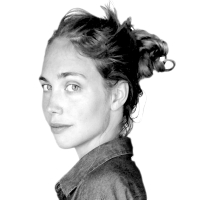Culture
Courtesy The Williamsburg Hotel
Why Brooklyn’s Luxury Hotel Boom Is Focused on One Small Area in Williamsburg
Stay
In Williamsburg, a range of luxury, beautifully designed hotels is opening, jostling for the attentions of fashionable travelers.





